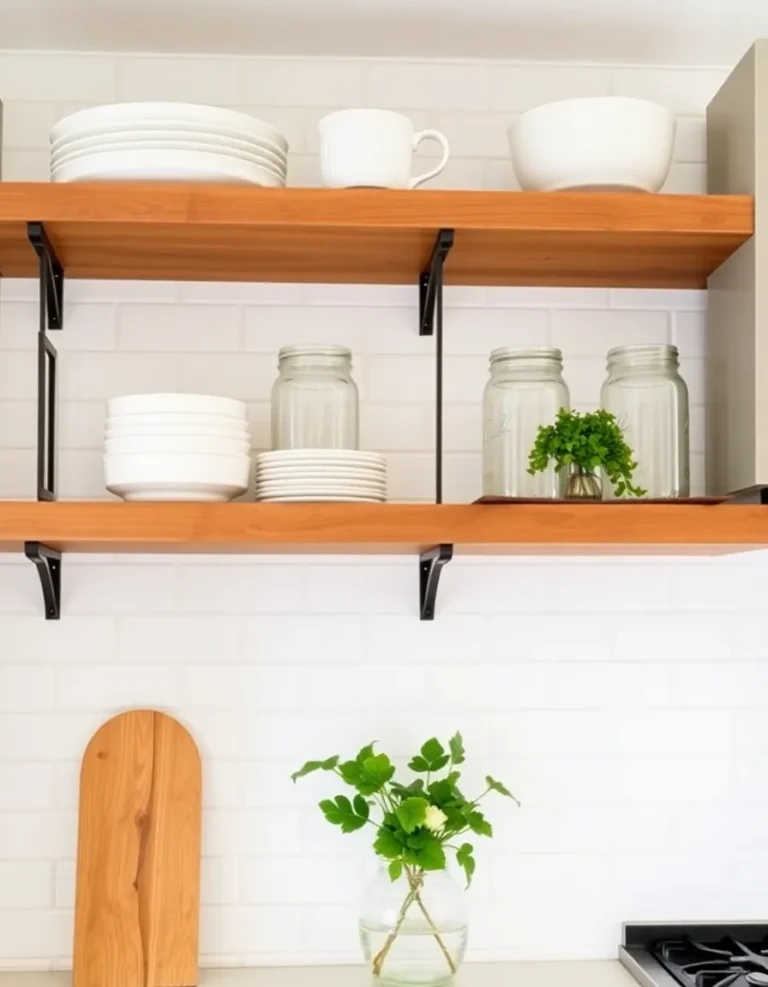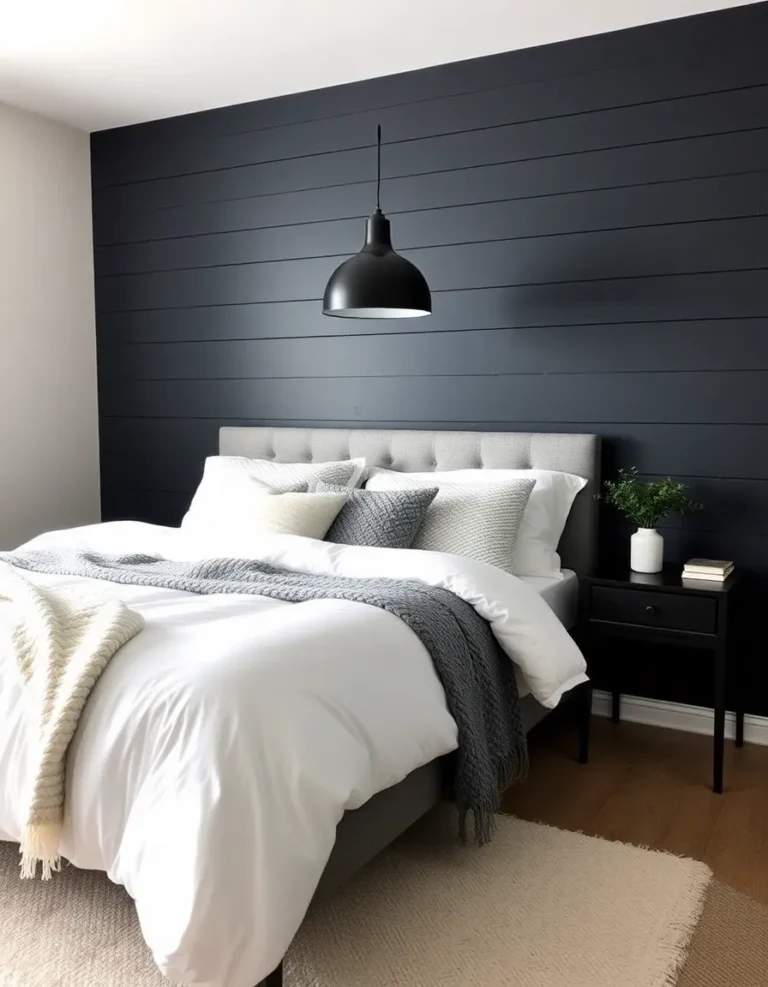14 Cozy Japanese Reading Nook Ideas for Calm Corners
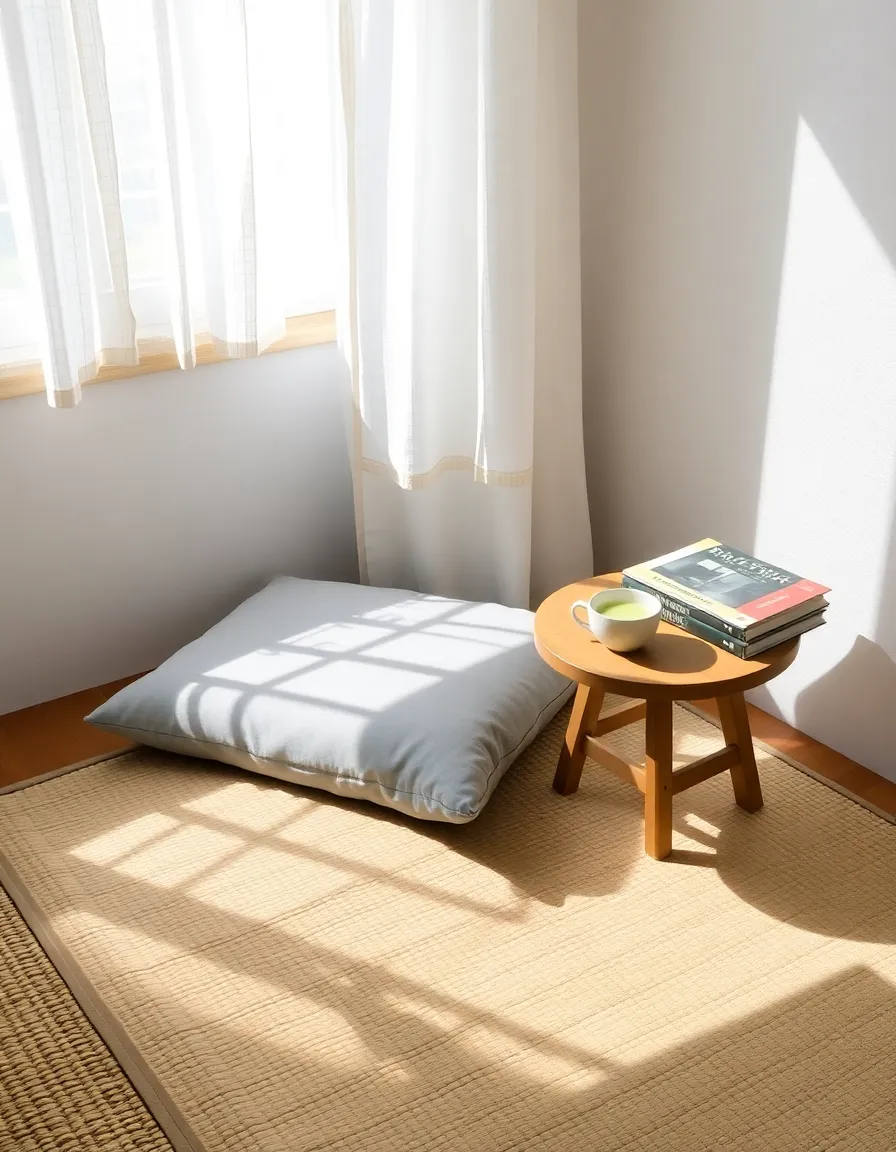
Ever found yourself curled up with a book, wishing your reading nook had that effortlessly serene, minimalist charm of a Japanese tea house? Yeah, me too. There’s something about Japanese design—clean lines, natural materials, and that unshakable sense of calm—that makes it perfect for creating a cozy reading retreat. Whether you’re a bookworm who devours novels like sushi or someone who just wants a peaceful corner to unwind, these 14 Japanese-inspired reading nook ideas will transform your space into a zen den.
Let’s be real: life’s chaotic enough without your reading spot feeling like a cluttered afterthought. Japanese design isn’t just about aesthetics; it’s about intentionality. Every element serves a purpose, from the low-slung furniture to the soft, diffused lighting. And the best part? You don’t need a sprawling tatami room to pull it off. Even the tiniest apartment corner can channel that wabi-sabi magic with the right touches.
So, grab your matcha (or coffee, no judgment here), and let’s dive into these cozy, book-friendly spaces that’ll make you want to cancel all your plans and read forever.
1. The Tatami Mat Retreat
Nothing says “Japanese-inspired” like a tatami mat. These traditional straw mats are soft underfoot, naturally insulating, and just *feel* like a hug for your feet. Lay one down in a quiet corner, add a floor cushion (zabuton, if you want to be fancy), and boom—instant reading nook. Bonus points if you pair it with a low wooden table for your tea and snacks.
Pro tip: Tatami mats come in different sizes, so measure your space before committing. And if you’re worried about maintenance, opt for a modern faux-tatami version—they’re easier to clean and still give off those traditional vibes.
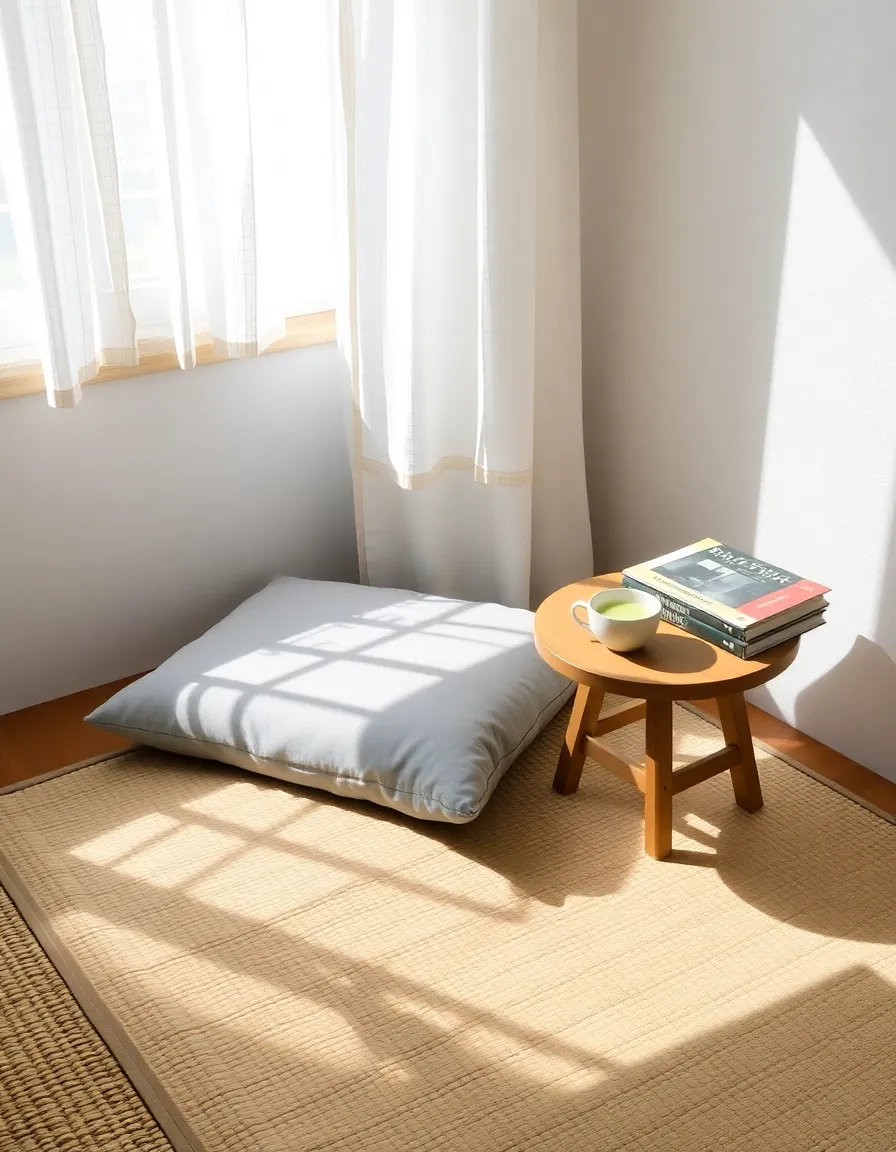
2. The Shoji Screen Hideaway
Shoji screens are the ultimate space dividers—light, airy, and oh-so-elegant. Use one to section off a quiet reading nook in a larger room, or place it near a window to diffuse harsh sunlight. The translucent paper panels create this dreamy, soft glow that’s perfect for getting lost in a book without straining your eyes.
Personal anecdote: I once tried to DIY a shoji screen with rice paper and a wooden frame. It… did not go well. Lesson learned: sometimes it’s worth investing in the real thing.
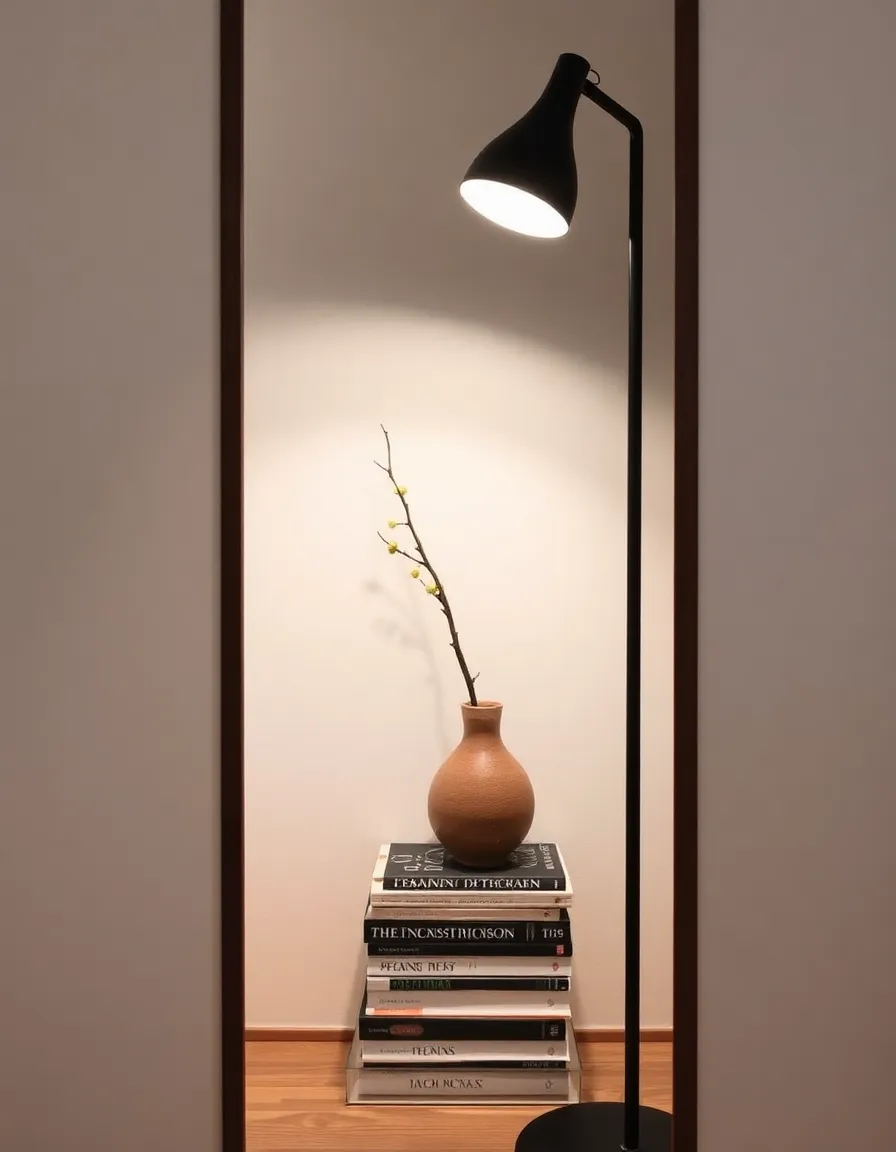
3. The Kotatsu Comfort Zone
If you’ve ever envied those cozy winter scenes in anime where characters lounge under a kotatsu, this one’s for you. A kotatsu is a low table with a built-in heater and a blanket—basically a hug in furniture form. Slide your legs under, grab a book, and prepare to never leave. Ever.
FYI, kotatsu tables can be pricey, but you can hack the vibe with a space heater and a draped blanket over a regular table. Just don’t blame me when you become one with your nook.
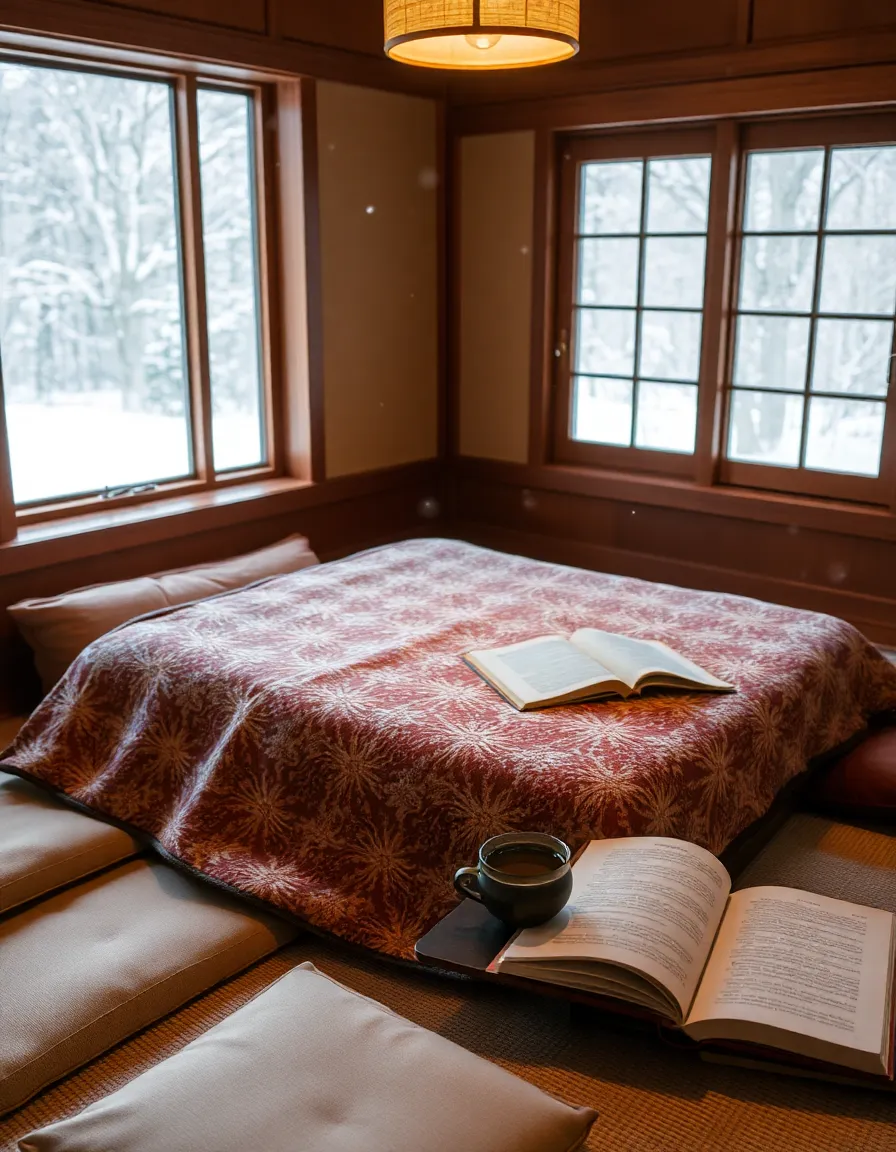
4. The Engawa-Inspired Window Seat
Engawa are those gorgeous wooden verandas in traditional Japanese homes, blurring the line between indoors and out. Recreate the feel by setting up a window seat with a deep cushion and a view. Add a bamboo blind for soft light control, and you’ve got a spot that’s perfect for rainy-day reading.
Rhetorical question: Is there anything better than reading by a window while listening to the sound of rain? (Answer: No. No, there is not.)
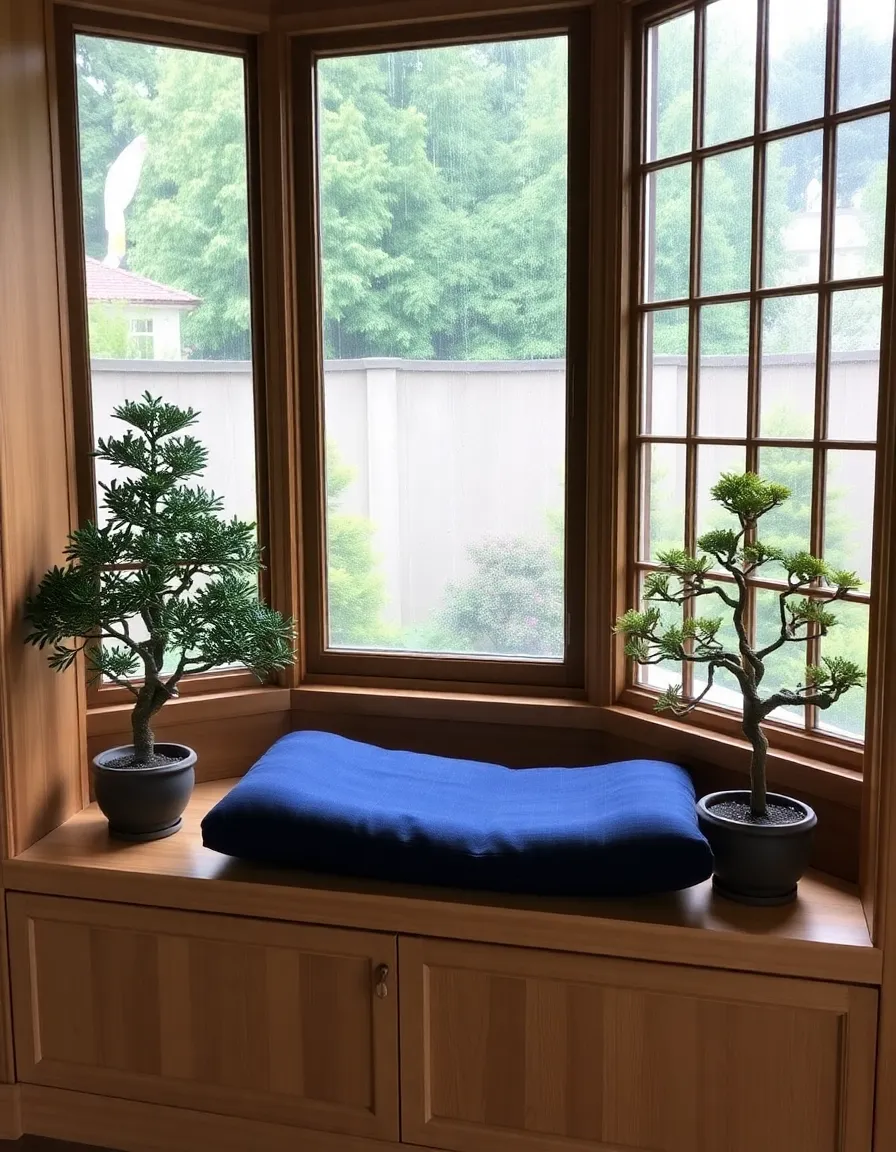
5. The Minimalist Floor Cushion Setup
Sometimes, less is more. A single large floor cushion (or a few scattered zabuton) and a small side table are all you need for a no-fuss reading spot. Keep the palette neutral—think beige, gray, or soft greens—to maintain that serene Japanese aesthetic.
IMO, this is the easiest option for renters or anyone who likes to keep things flexible. No furniture to move, just pure, uncomplicated comfort.
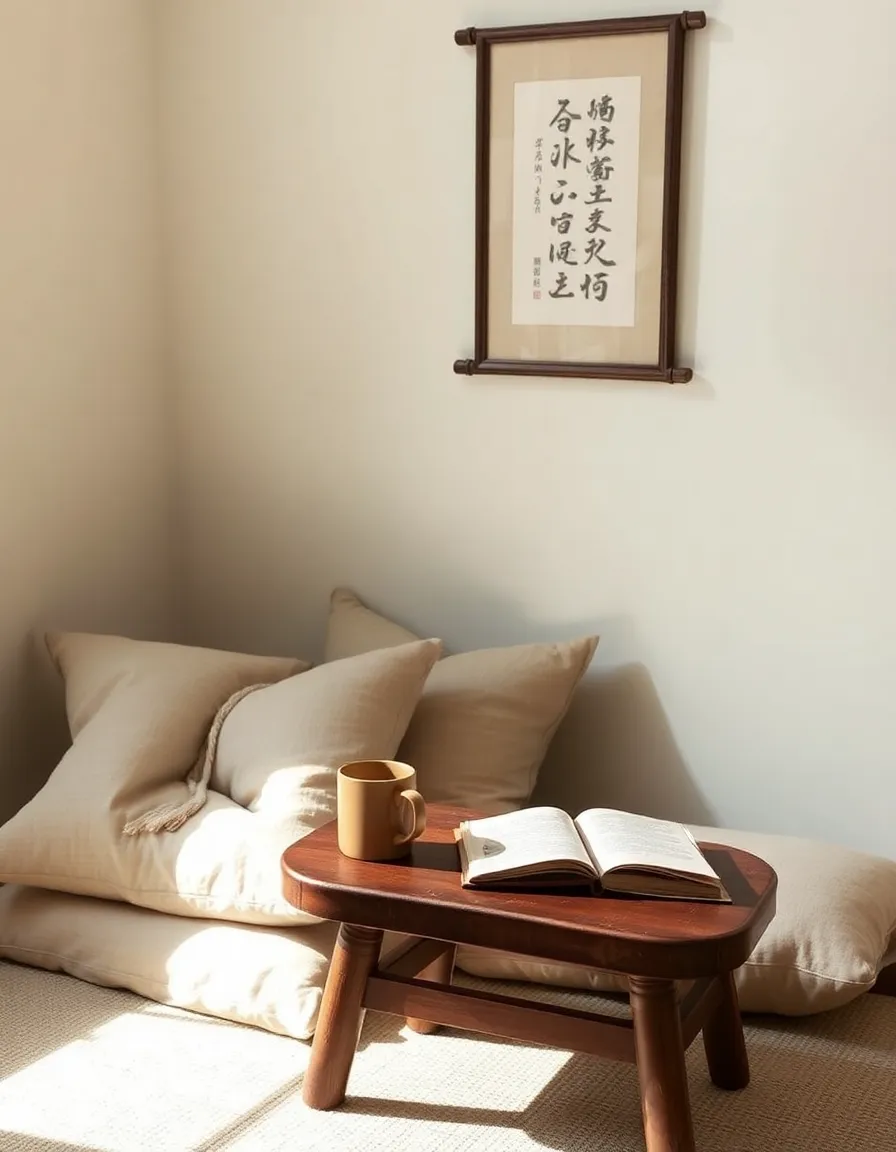
6. The Zen Rock Garden Nook
Okay, hear me out—this isn’t about literally reading in a sandbox. Incorporate tiny zen garden elements into your nook for a meditative vibe. A small tray of raked sand, a smooth stone bookend, or even a miniature bonsai can add that peaceful, grounded energy.
Confession: I sometimes zone out and play with the mini rake instead of reading. No regrets.

7. The Furoshiki-Wrapped Book Stack
Furoshiki—those beautiful Japanese wrapping cloths—aren’t just for gifts. Use one to bundle your current reads into an artful stack. Drape it over a side table or shelf, and suddenly your books become part of the decor. Plus, it’s a great way to hide that embarrassing romance novel you don’t want guests to see. 🙂
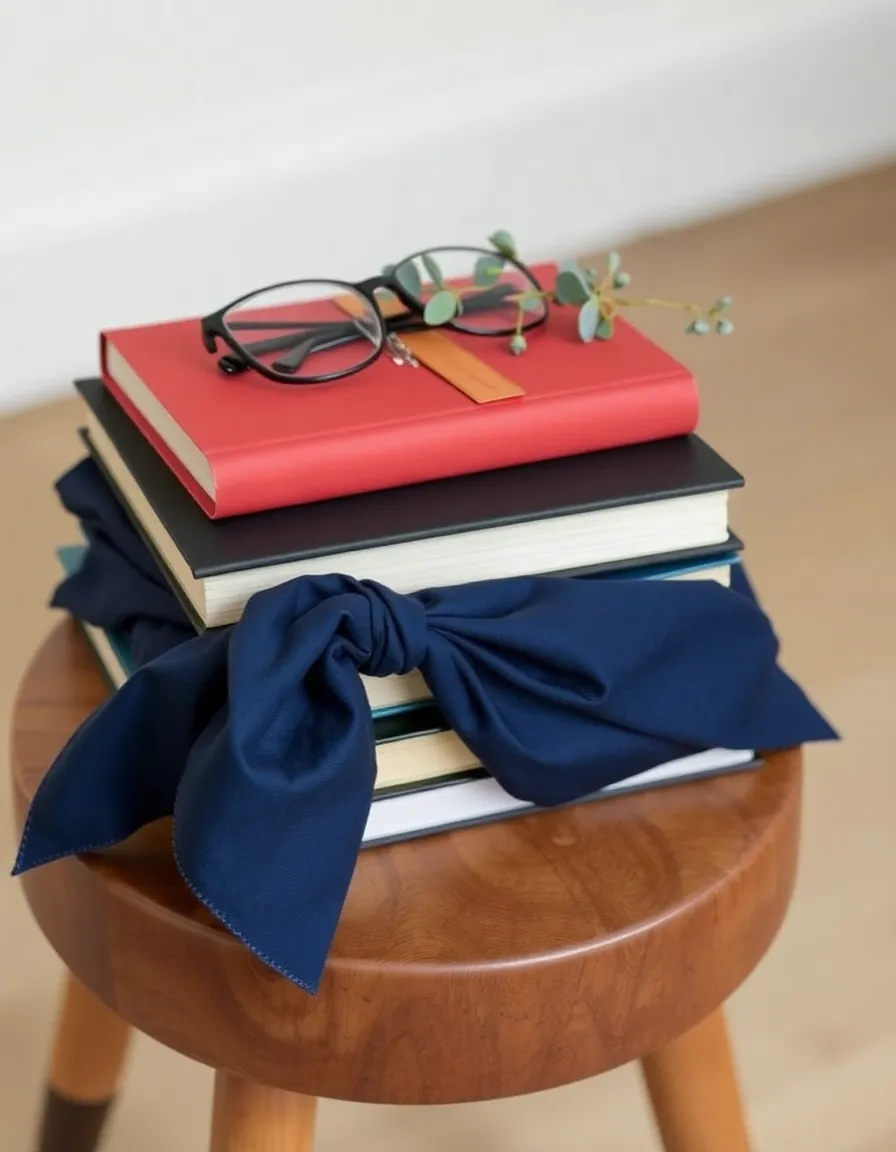
8. The Ikebana-Inspired Reading Corner
Ikebana (Japanese flower arranging) is all about balance and simplicity. Add a small, elegant floral arrangement to your nook—think a single branch in a ceramic vase—to bring life without clutter. The natural element keeps the space fresh and calming.
Pro tip: Swap out the flowers seasonally. Cherry blossoms in spring, maple leaves in autumn… it’s like your nook gets a mini makeover every few months.
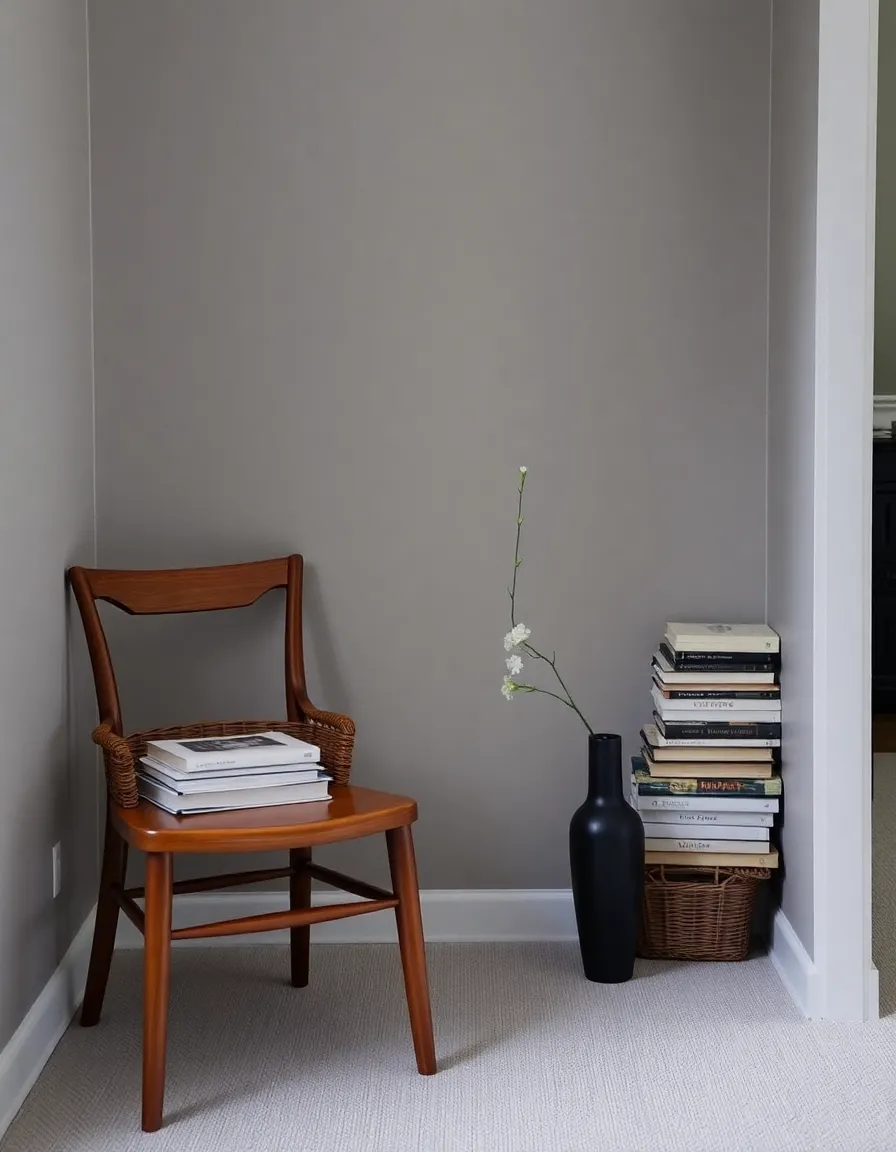
9. The Wabi-Sabi Imperfect Perfection
Wabi-sabi celebrates the beauty of imperfection. So, if your reading nook has a slightly chipped mug, a frayed cushion, or a bookshelf with uneven staining—embrace it. This style is about authenticity, not Instagram-perfect sterility.
Personal take: My favorite reading mug has a tiny crack, but it’s been with me for years. Wabi-sabi isn’t just a style; it’s a mindset.
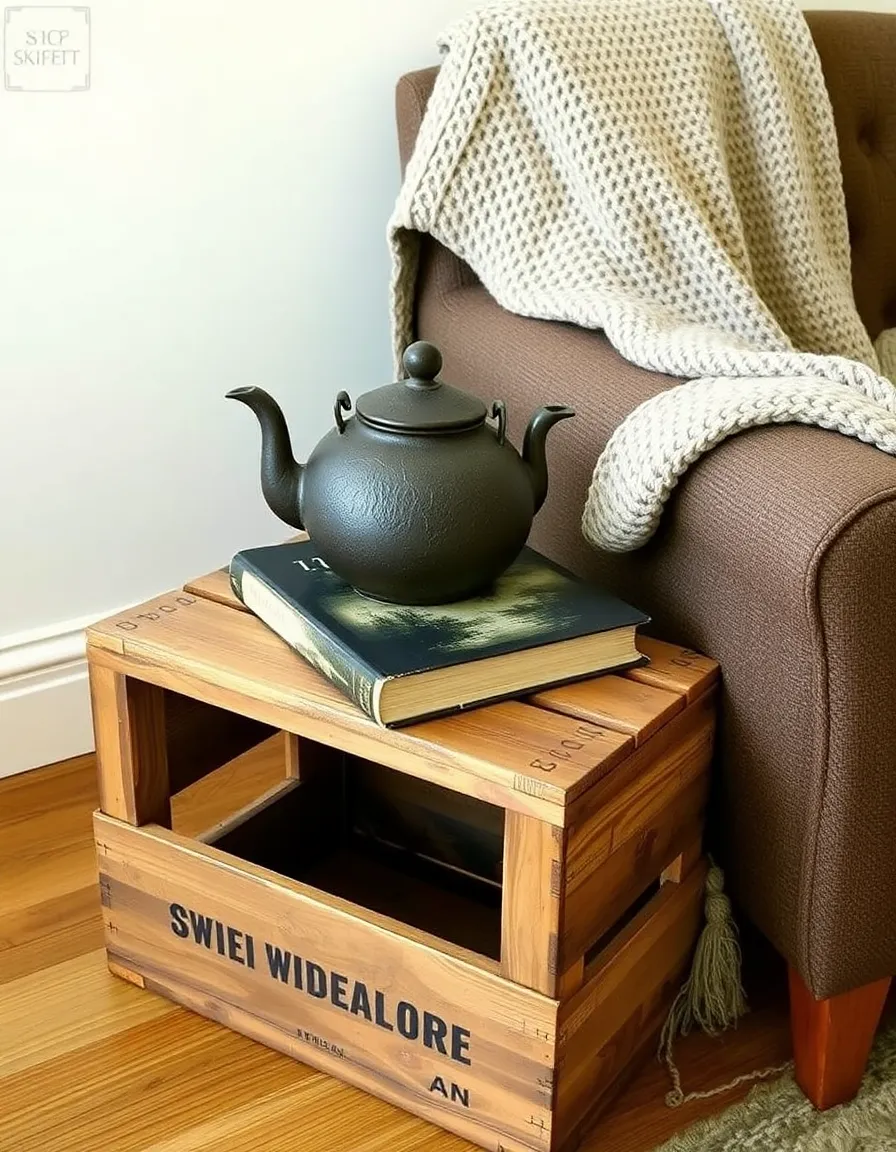
10. The Paper Lantern Glow
Swap harsh overhead lights for the soft glow of a paper lantern. Hang one above your reading chair or place a small tabletop version nearby. The diffused light is easy on the eyes and adds instant ambiance.
Warning: You might find yourself staring dreamily at the lantern instead of reading. Not that I’ve done that. *Cough.*
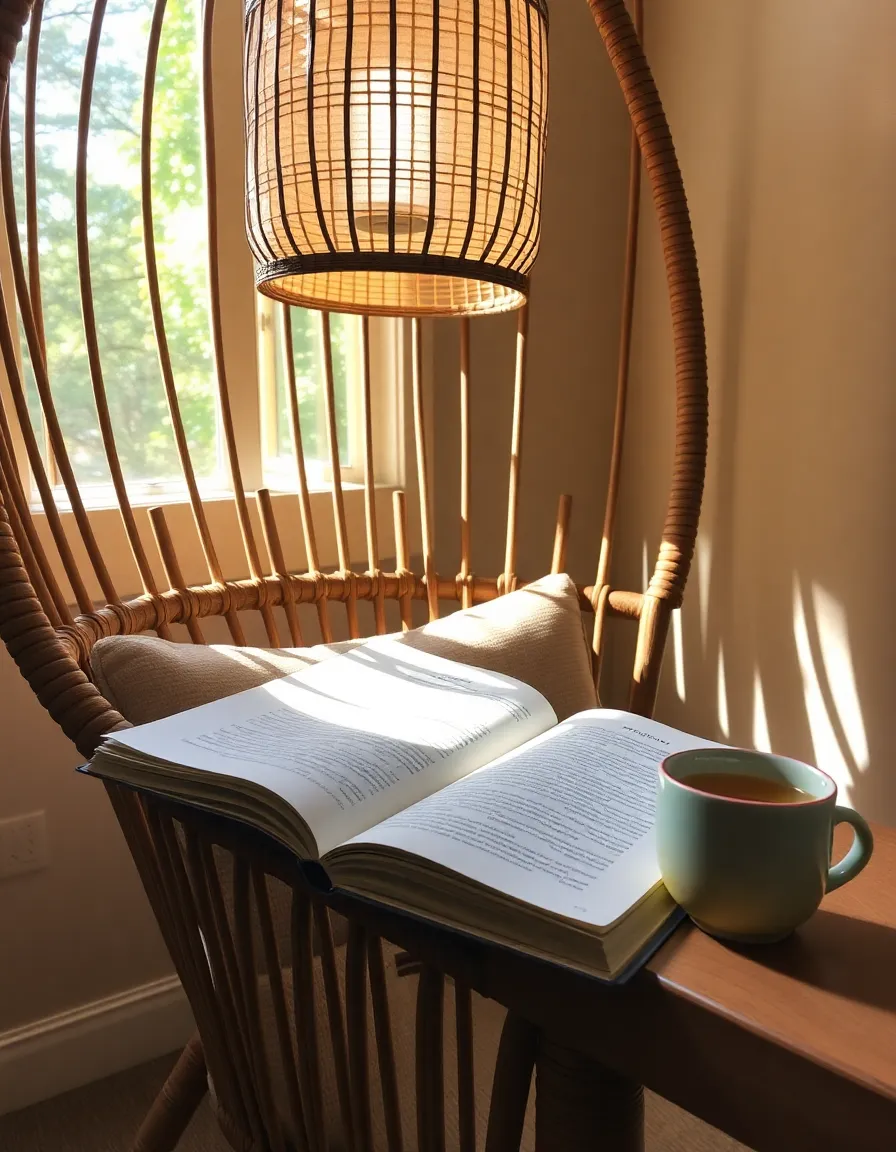
11. The Bamboo Everything Nook
Bamboo is sustainable, lightweight, and inherently zen. Use it for shelves, blinds, or even a small side table. The natural texture adds warmth without overwhelming the space. Plus, it’s basically impossible for bamboo to *not* look good.
Rhetorical question: Why doesn’t everything come in bamboo? Seriously, someone get on that.

12. The Tea Ceremony Reading Ritual
Pair your reading time with a mini tea ceremony. Set up a small tray with a matcha set or a simple kyusu teapot. The ritual of preparing tea forces you to slow down—perfect for savoring a good book instead of speed-reading like it’s a work email.
Confession: I’ve burned my tongue more times than I’d like to admit because I got too into a chapter and forgot the tea was hot.

13. The Futon Floor Lounge
Why sit when you can *lounge*? A thin Japanese futon (shikibuton) on the floor makes for an ultra-relaxed reading spot. Add a buckwheat hull pillow for neck support, and you’ll never want to get up. (Until you realize you’ve been lying down for three hours and now your legs are asleep.)

14. The Kanso Minimalist Escape
Kanso is all about simplicity and eliminating clutter. For your reading nook, that means one perfect chair, one small shelf for books, and *nothing else*. It’s stark but strangely soothing—like a visual deep breath.
Challenge: Try keeping only the books you *truly* love in this space. (Good luck. I failed immediately.)
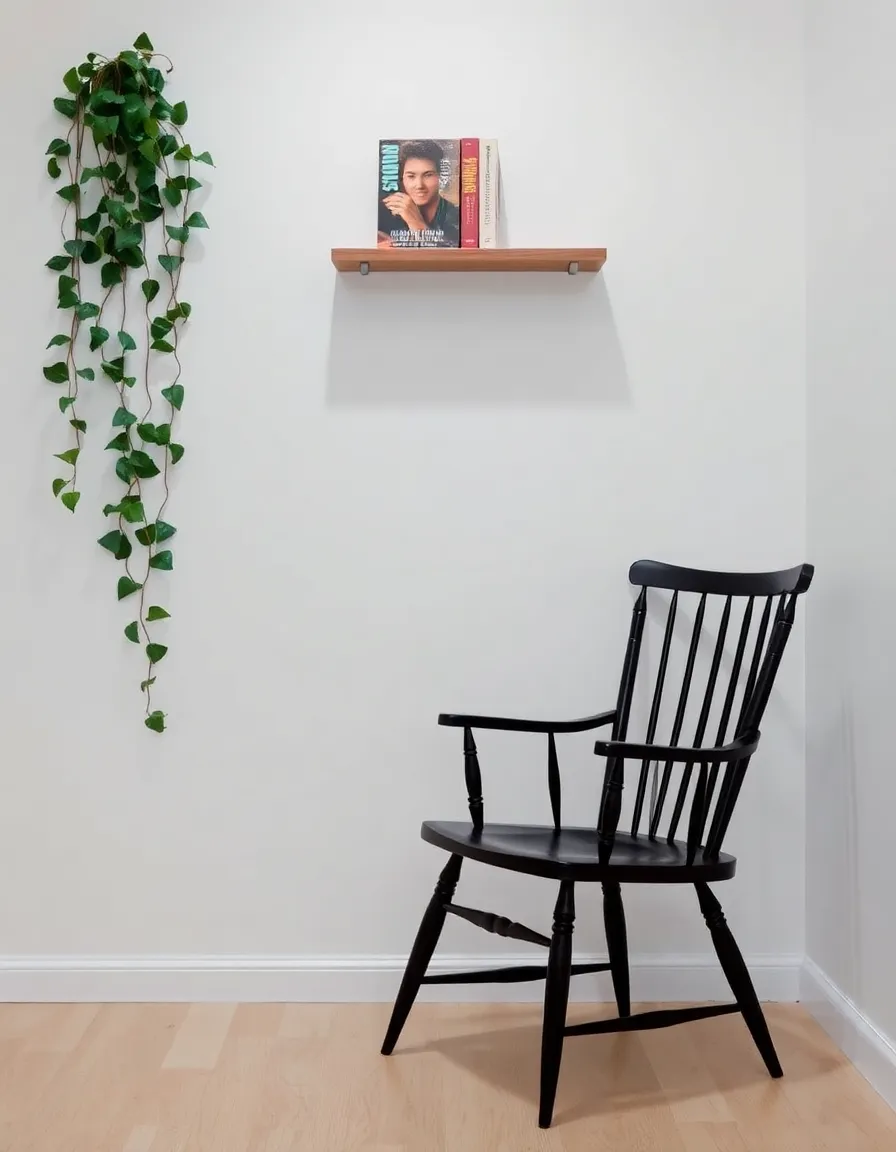
And there you have it—14 ways to turn any corner into a Japanese-inspired reading sanctuary. Whether you go full tatami or just sneak in a paper lantern, the key is to create a space that feels intentional and peaceful. Because let’s be honest: the world’s noisy enough. Your reading nook shouldn’t be.
Now, if you’ll excuse me, I have a date with a kotatsu and a new novel. Happy reading (and lounging)!

